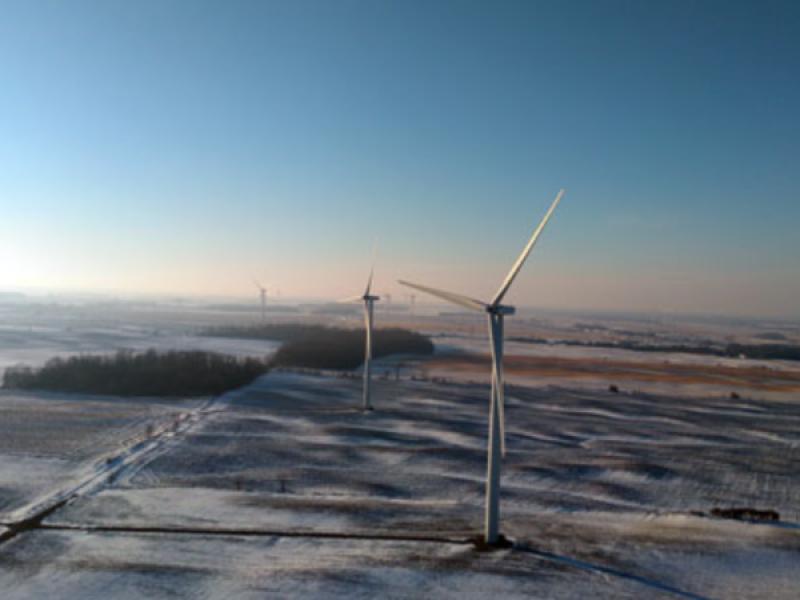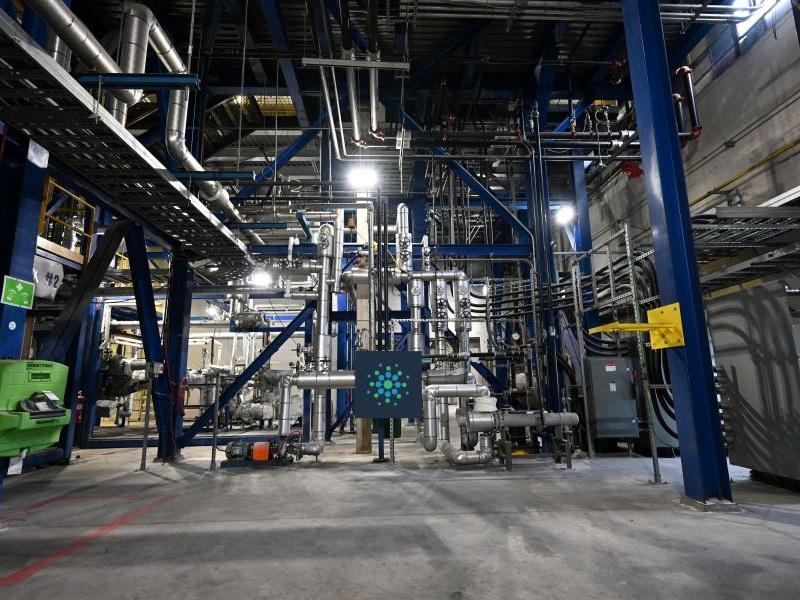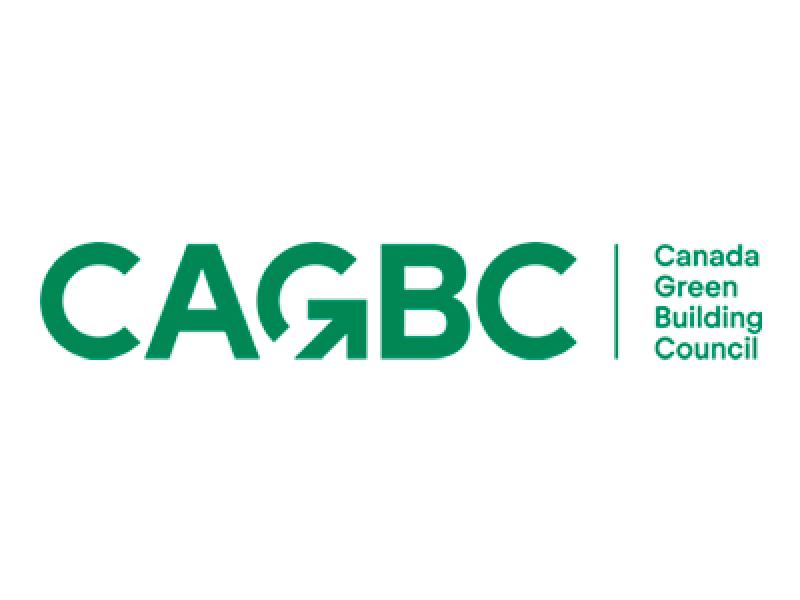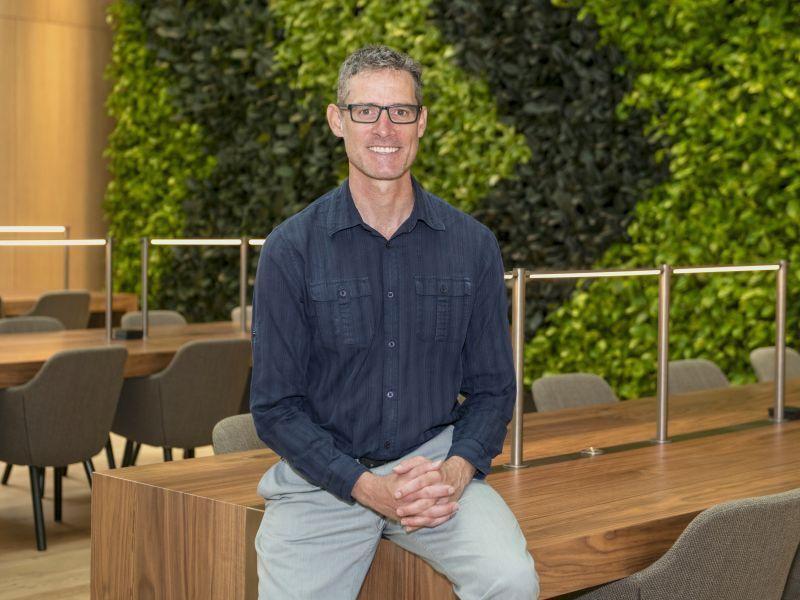
Maple Leaf Foods (MFI-T) is hoping its first Leadership in Energy and Environmental Design (LEED) Silver-certified food production facility in Hamilton is only the start of a broader blueprint to make its buildings greener.
The Mississauga-headquartered packaged meats company opened the approximately 500,000-square-foot Heritage facility in 2014. It produces over 500 products and has 900 employees.
Randy Huffman, the chief food safety and sustainability officer at Maple Leaf Foods, told SustainableBiz in an email, “At Maple Leaf Foods, we are continually working towards more sustainable food production and contributing to a more sustainable protein industry . . . We are focusing on eliminating waste in any resources we consume – including food, energy, water, packaging and time.”
Armed with a $2.6-million grant from the City of Hamilton toward the environmentally-friendly upgrades, its efforts earned the Heritage facility a LEED Silver designation, making it one of the few food production projects in Canada to achieve such a certification.
"It has been a journey to get here, and we look forward to leveraging our learnings as we continue to pursue our vision of being the most sustainable protein company on earth,” Huffman said in a release.
It is the company’s only LEED-certified manufacturing site to date. Its Mississauga head office is LEED-certified.
About the upgrades
The energy-related changes took the form of an LED lighting retrofit, upgrades to boost equipment efficiency and optimization, and ammonia heat recovery and wasted heat recovery systems.
To reduce waste, Maple Leaf Foods implemented:
- composting and recycling programs;
- control measures and closed-loop systems for water use; and
- changes to storage, handling and employee training to reduce food waste.
Combined with more direct measures, Maple Leaf Foods also encourages cleaner transportation like bicycles or low-emitting and fuel-efficient vehicles, enhanced refrigeration management and using low-emitting materials.
Maple Leaf Foods achieved a reduction in electricity intensity of 72.9 per cent, a 47.2 per cent reduction in natural gas intensity and a 54.8 per cent reduction in water intensity compared to 2014 baselines.
Solid waste intensity was cut by 51 per cent from a 2015 baseline and food waste intensity was reduced by 45.4 per cent since 2016.
According to the Canada Green Building Council (CAGBC), the organization that certifies buildings under LEED, the Heritage facility is one of six LEED-certified food production buildings in Canada. CAGBC did stipulate, however, that other buildings with a similar purpose may not define themselves under the same category.
The future of sustainability for Maple Leaf Foods
The Hamilton facility is one aspect of Maple Leaf Foods’ broader sustainability goals.
The company bills itself as a carbon-neutral company as it neutralizes its remaining Scope 1 and 2 emissions and a portion of its Scope 3 emissions via investments into 11 carbon offset projects.
In its 2022 sustainability report, Maple Leaf Foods laid out goals for greenhouse gas emissions, electricity intensity, natural gas intensity, water intensity and solid waste intensity, all categories it worked on at its Hamilton plant.
Maple Leaf Foods did note that, so far, there was a decline in performance or it fell behind targets to achieve a 50 per cent cut in its absolute Scope 1 and 2 emissions by 2030 and to reduce its Scope 3 emissions intensity by 30 per cent by 2030.
As for LEED certifications, Huffman said Maple Leaf Foods is continuing to “explore opportunities at other sites.”










